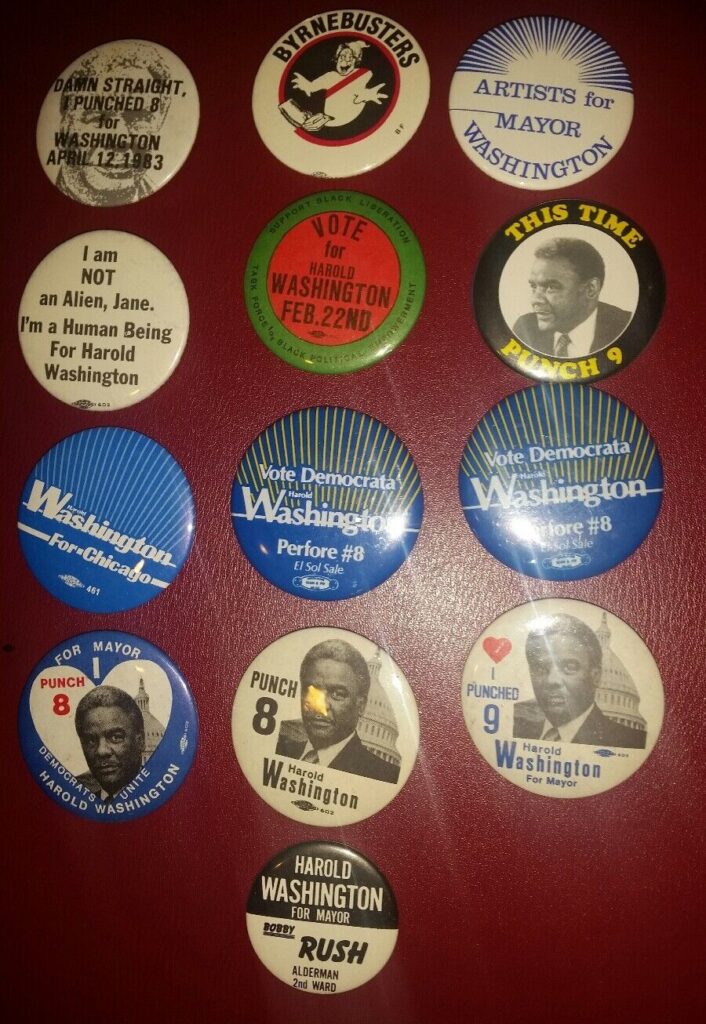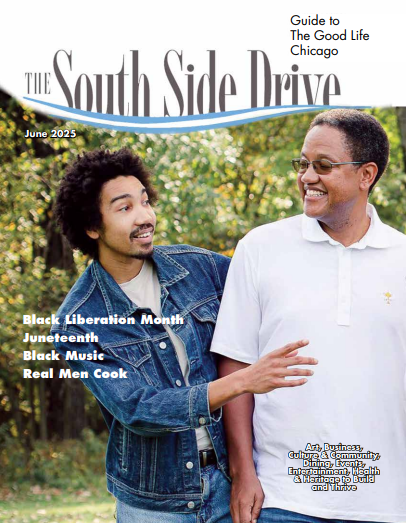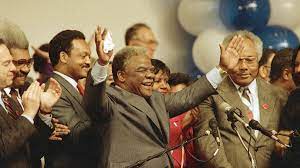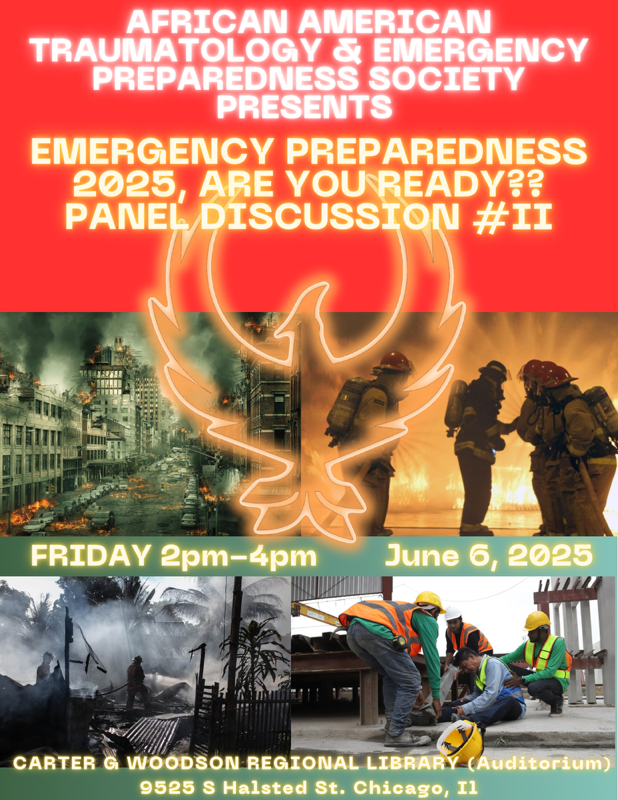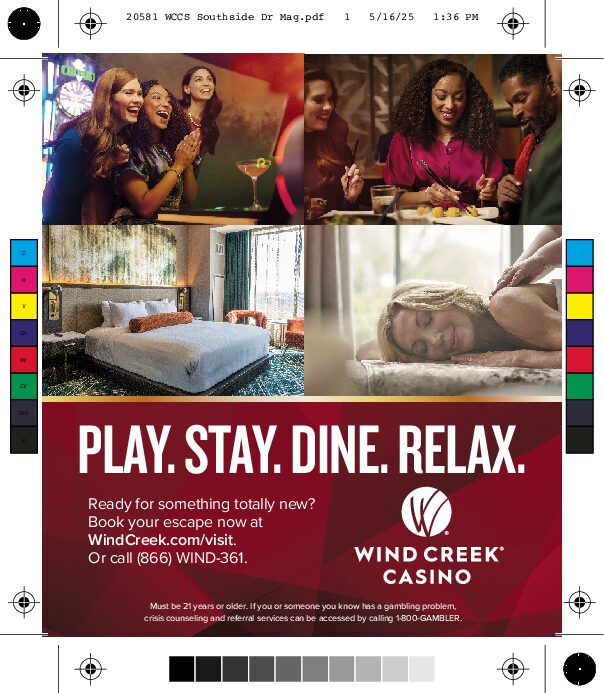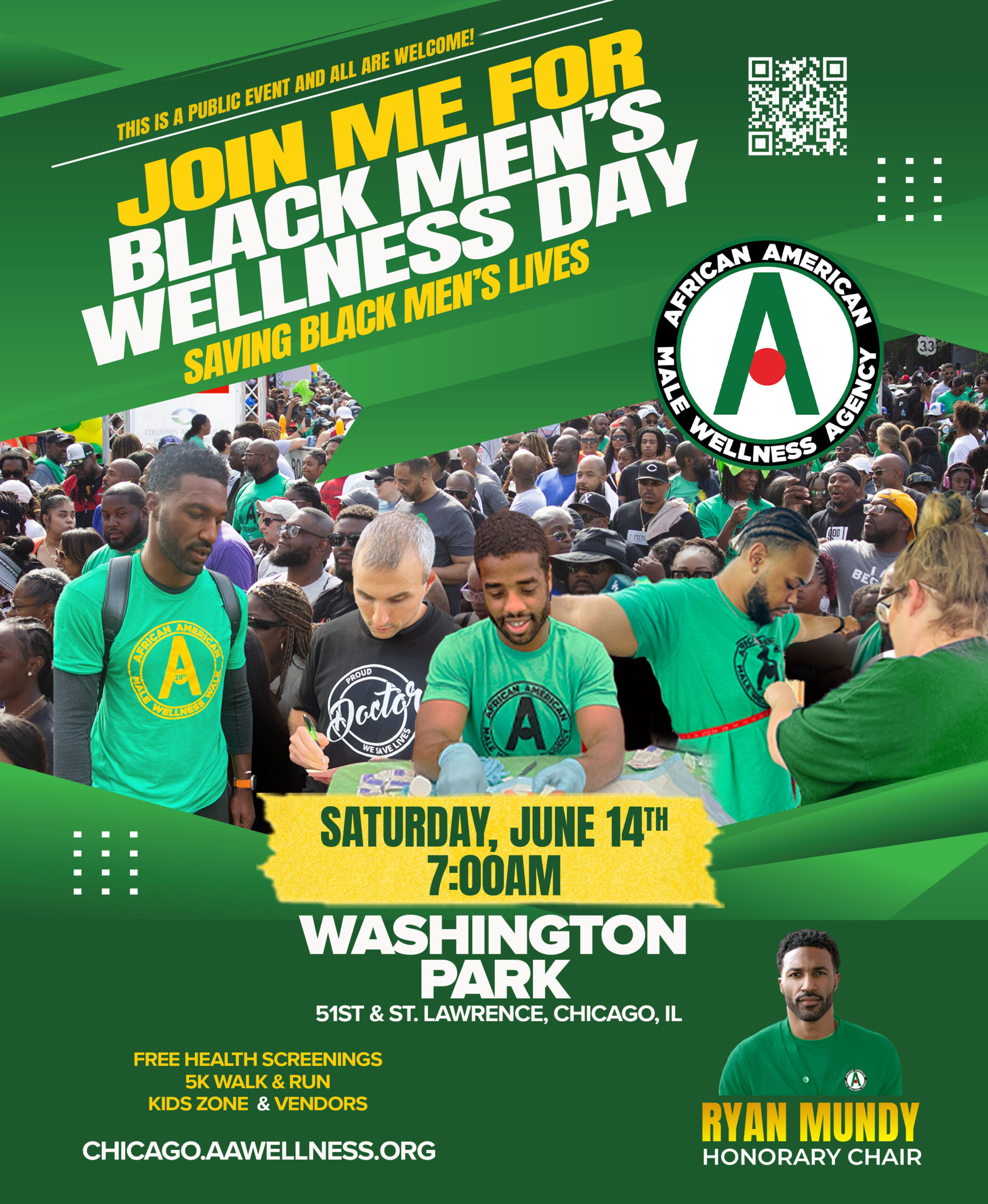If you’re 40 years old – or younger. Man!!! You missed it!!
You missed the campaign of a lifetime. The campaign that became a movement.
It all started back in 1981 with this charismatic Congressman named Harold Washington. He had a smile, what a smile – and a personality to go with it. Plus he was super smart.
Harold (he loved his constituents to call him “Harold” – Congressman Washington was too formal). Anyway, Harold had two buddies, Renault Robinson, aka Reggie, Founder and President of the Afro American Police League, and Howard Saffold, Executive Director of the Afro American Police League.
The current mayor at that time was Jane Byrne. The Black community had come together to get her elected, but when it came to school board appointments she said to Rev. Jackson and the Black community, “I don’t owe you all anything.” That was in 1981. Lu Palmer, a journalist, had a way of saying things, and to Mayor Jayne Byrne he said, “We shall see in ’83.”
The 1983 election was on the horizon, and Reggie and Howard thought of a way to make Lu Palmer’s prophecy come true. Harold had already ran in the mayoral race of 1977, and lost badly, but Reggie and Howard tried to talk him into running again. He said, the only way he would consider running would be if 50,000 new Black voters were registered, and he raised $150,000 dollars.
Back then, everyone was wearing a Care Free Curl or a relaxer, and those and other Black hair products were manufactured and sold by Black hair care companies. Ed Gardner had a hair care company named Soft Sheen Products that seemed to become really successful almost overnight, due to advertising. Reggie had witnessed that growth, and he was impressed. So Reggie and Howard went to Soft Sheen Products and asked Ed Gardner to let them tap the brains of his advertising department, which by the way was named Brainstorm Communications. It wasn’t just a department, it was Soft Sheen’s inhouse agency. I was the Creative Director.
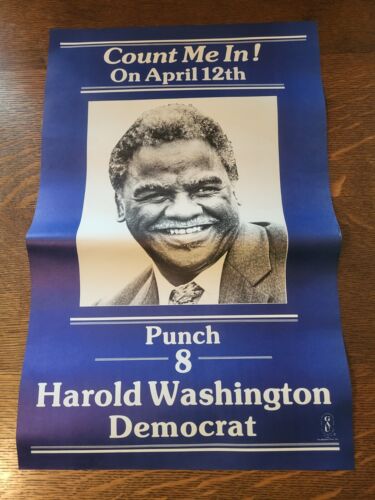
Reggie and Howard told Ed Gardner and me that they needed to have 50,000 people registered to vote by October 5th, which was the last day to register for the mayoral election. “We need a slogan that emphasizes the date,” said Reggie. How about “Come Alive, October 5?” That was the shortest meeting in the history of meetings.
The next day, Ed Gardner’s son Gary Gardner, got balloons made that said “Come Alive, October 5.” Had five cakes made that said “Come Alive, October 5,” and he rented a limo bus, with a big banner on the side that said “Come Alive, October 5” and the limo bus took Gary and a few other staffers, including yours truly to the five Black-owned radio stations that existed back then: WVON, WBEE, V-103, WBMX, and WGCI. The only one that is still Black owned is WVON.
The radio stations agreed to broadcast 23 promotional spots a day. We wrote a jingle that played on all five stations 24/7. Come Alive October 5 banners were made that hung from the light posts. Billboards were on the sides of the expressway. Posters were in the windows of beauty and barbershops.
And by October 5 – 200,000 new voters were registered in the Black community.
Then Lu Palmer began to have “Plebiscites” Those were meetings to get a consensus of who would run for mayor from the Black community.
Alderman Anna Langford, Senator Richard Newhouse, Controller Roland Burris had all declared their candidacy.
I think everyone knew who we really wanted, but we just wanted it to be official. So we discussed it, and discussed it, and then we took a vote, and it was unanimous, we wanted Harold Washington, who wasn’t even at the Plebiscite and who hadn’t declared his candidacy.
The committee, headed by Lu Palmer, drafted Harold to run for mayor and all of the other candidates, who were no longer candidates, got behind Harold. Richard Newhouse stayed up all night with Reggie, Howard, Chuck, Emma and Harold – writing his announcement speech. The next morning, he announced.
At first, Black Chicagoans said, “Chicago’s not ready for a Black mayor.” So the first part of the campaign was to convince us that we were ready for a Black mayor.
Then there were the rumors that had to be put to rest that Harold wasn’t serious about running. A $100 a plate dinner was held at the Conrad Hilton Hotel, and Harold Washington made a speech. The most memorable part of that speech was when he said, “I want to be your mayor. I want to be your mayor. I want to be your mayor so bad I can taste it.” Enough said. The Black community got to work!
Groups formed all over the city. There were Lawyers for Washington, Doctors for Washington, Greeks for Washington, Beauticians for Washington, Artists for Washington, Musicians for Washington, Young Democrats for Washington, Accountants for Washington – someone said there was even a group called Pimps for Washington.
There was an official button created by the campaign. A blue button with lines. But that wasn’t the only button. There were gold buttons, purple buttons, red and white buttons, black and white buttons, buttons with Harold’s picture, you name it – there was a button for it. And there was the button man who had all of the buttons and he would come to every meeting, every rally, and every event with buttons down each side of his vest and a bag of buttons to sell.
Harold was running against the incumbent mayor, Jane Byrne, and the States Attorney, Richard Daley, who was the son of the late Richard J. Daley. In the first debate, the three were asked a question about the budget. Jane Byrne gave a non-answer, followed by Richard Daley’s non-answer. Then Harold Washington said, “I am going to be the first person on this stage to answer this question.” And he went on to answer it in an eloquent way that only Harold could answer. I think that was when Chicago knew he was someone to be reckoned with.
Harold had an amazing vocabulary. He knew words that most of us had never heard of. When he would come into the press room and make some comments, after he left everyone would go to their dictionaries (there was no Google back then) to see what he said.
February is usually the coldest month of the year, and that February was no exception. It was cold, there was lots of snow, plenty of ice, many freezing days. But the strangest thing happened. Tuesday, February 22 was miraculously warm; it was almost 70 degrees. It’s a good thing God was on the side of the voters, because it was rough otherwise. A lot of people worked downtown and figured they’d vote when they got off at five o’clock. But at five there were rows of garbage trucks blocking the expressway entrance. The El, full of people rushing to the southside to vote, stopped dead and didn’t move for almost 30 minutes. Yet despite these setbacks, Black Chicago showed up and showed out. People were coming to the polls on walkers, on crutches, one man came in on a stretcher. The world was watching that election. And Harold won.
But that was only the primary.
The Republicans recruited Bernard Epton to run against Harold, and their slogan was “Vote for Epton Before It’s Too Late.” But in spite of the dirty tactics, the lies, the millionaires pouring millions into Epton’s campaign –Chicago came to the polls in droves and we got Harold.
That was the day Chicago’s Black community came together and showed the world the power of unity and the power of our vote!
